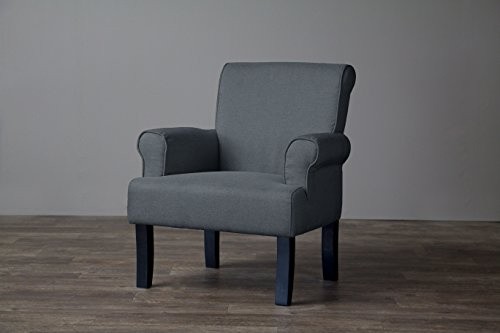
Gray is a popular choice for interior design due to its timeless appeal and ability to complement various color palettes. However, certain colors may not complement gray as well as others, leading to a less cohesive and visually appealing design scheme.
If you're planning on redecorating a gray-painted room, here are certain colors to avoid to make your room aesthetically pleasing.
Neutral With Warm Undertones
While gray is often considered a neutral color, it can have warm or cool undertones. Pairing gray with neutrals that have warm undertones, such as beige or taupe, can create a clash in the color palette. Instead, opt for neutrals with cooler undertones, such as crisp white or soft ivory, to create a more cohesive and balanced look.
White
Although gray and white are both neutral colors, pairing them together can result in a lack of contrast and visual interest. Instead of using stark white alongside gray, consider opting for off-white or cream tones to add warmth and depth to the color scheme without overpowering the gray.
Gray
While it may seem counterintuitive, pairing different shades of gray together can lead to a monotonous and uninspired design scheme. Instead of using multiple shades of gray, incorporate contrasting colors or textures to add visual interest and dimension to the space.
Bold Primary Colors
Bold primary colors, such as bright red, yellow, or blue, can overwhelm the subtle tones of gray and create a jarring visual contrast. Instead of opting for primary colors, consider using muted or secondary hues that complement the undertones of the gray and create a more harmonious color palette.
Brown
Brown is a warm and earthy color that can clash with the cool tones of gray, creating an unbalanced and disjointed look. Instead of pairing gray with brown, consider incorporating warmer neutrals, such as taupe or camel, to add warmth and depth to the color scheme without conflicting with the gray.
© 2025 Realty Today All rights reserved. Do not reproduce without permission.



